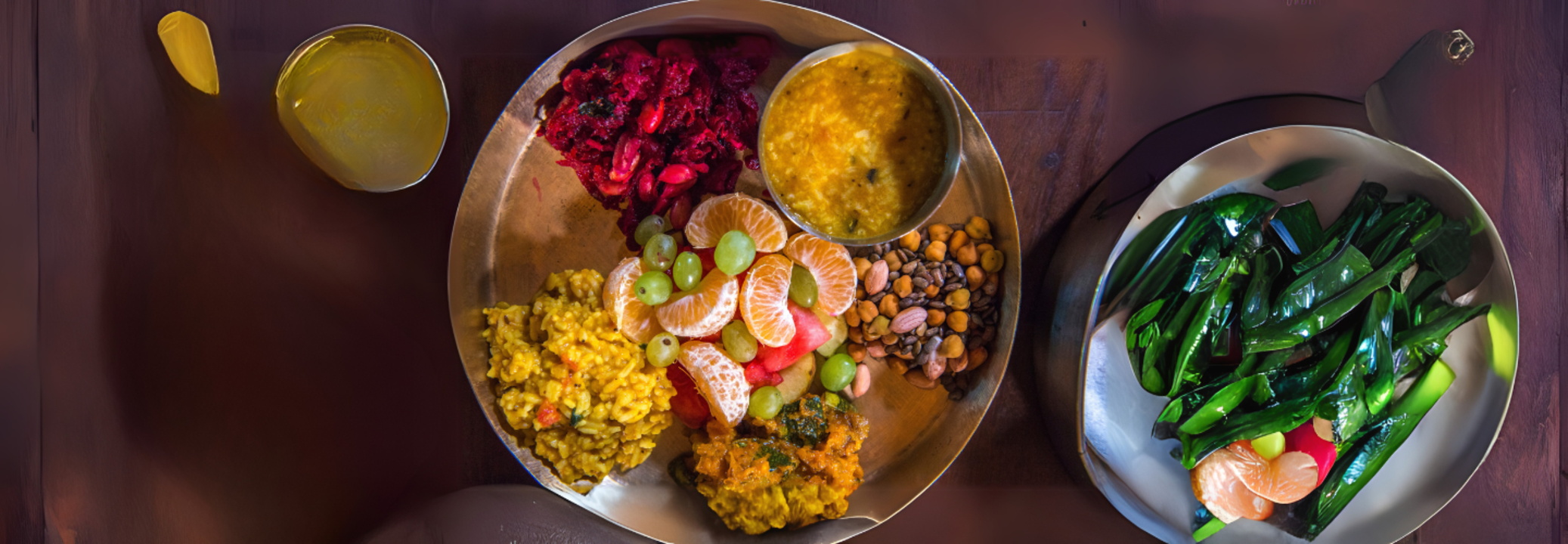Not Another Diet, Ayurveda’s ‘Ahar Vidhi’ Is The Simplest Fix To Chronic Bloating

Credits: Canva
SummaryAyurvedic Ahar Vidhi emphasizes how you eat, not just what you eat. Rooted in mindful practices like chewing thoroughly, eating at fixed times, and avoiding distractions, it strengthens digestion (Agni) and nutrient absorption.
End of Article
